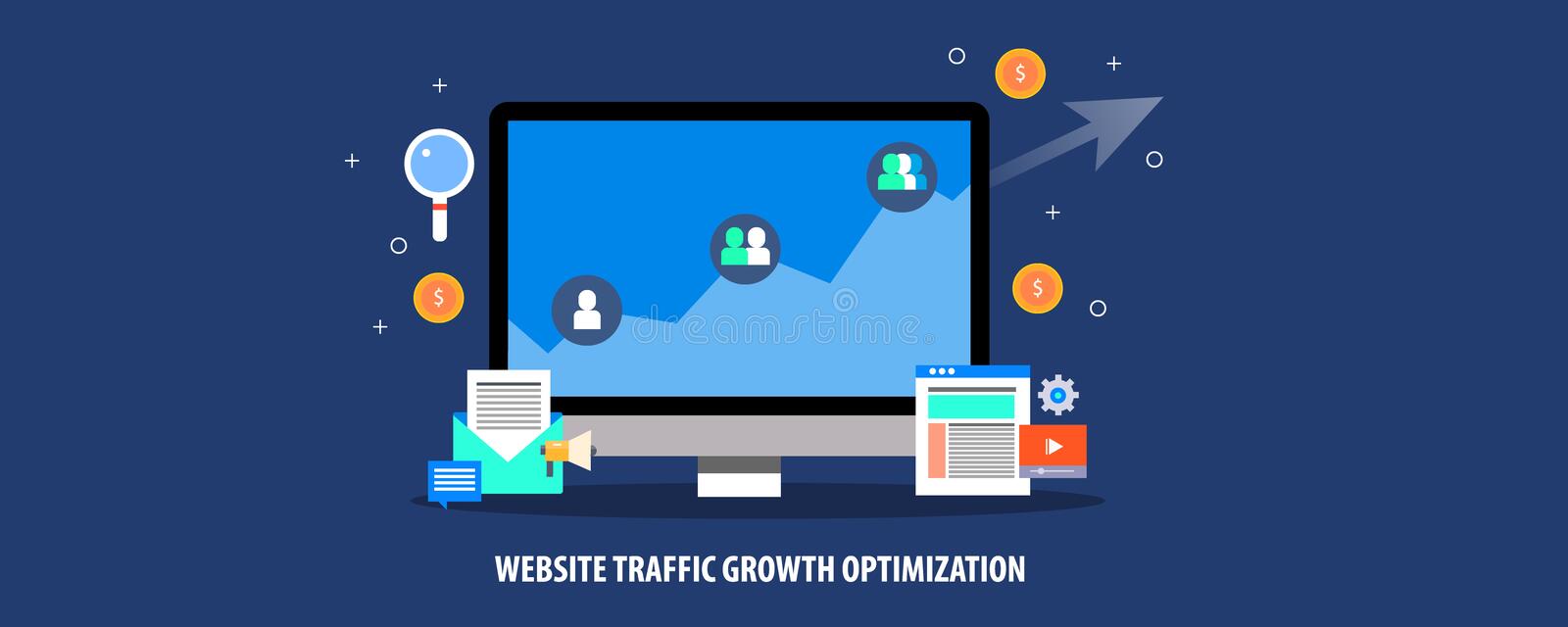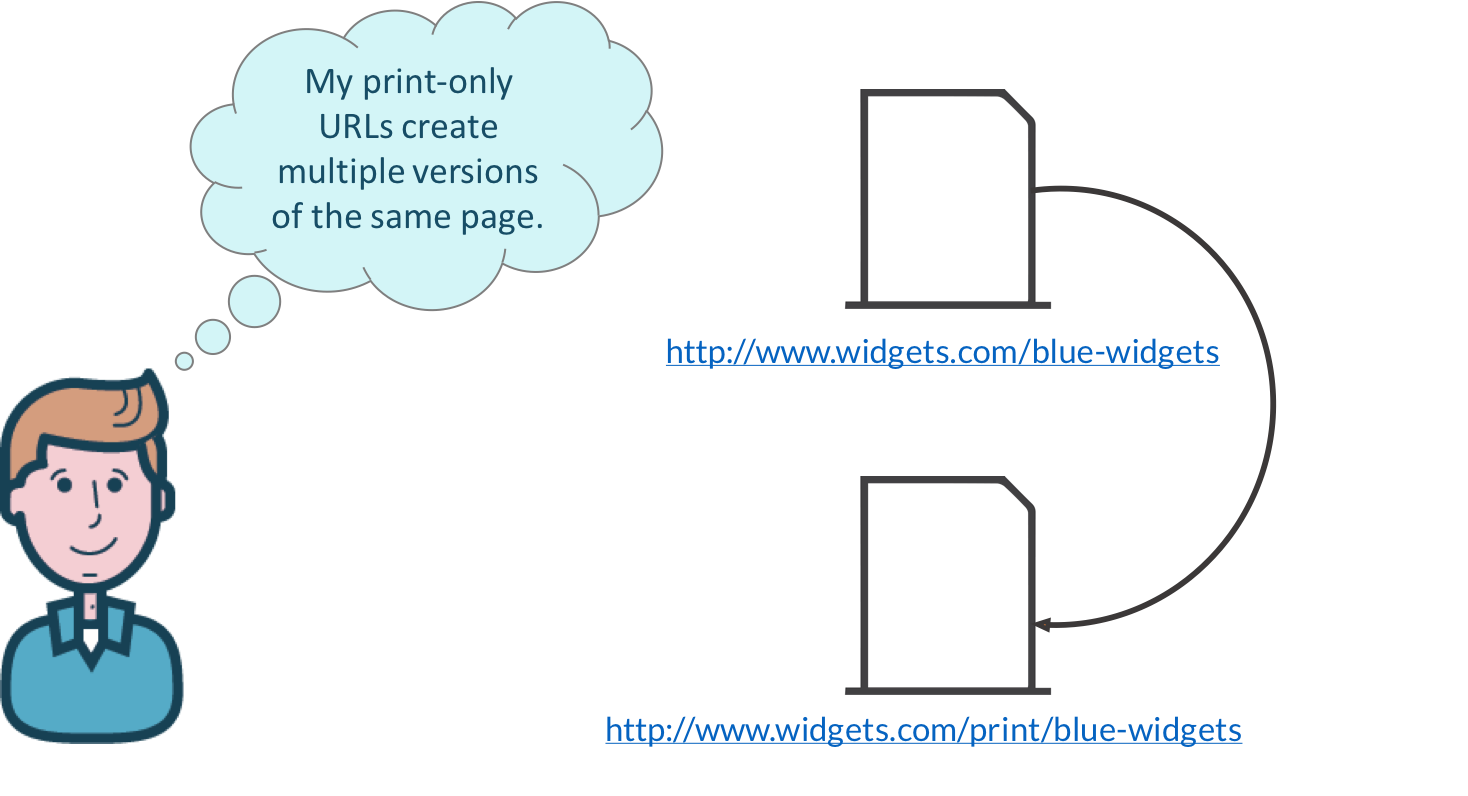
This article can help you improve the effectiveness of your outreach email campaigns. We'll go over the Do's and Don'ts, templates, and targeting. We'll also talk about personalizing your intro. It might even double your response rate. It's never a bad idea for prospects to be flattery. It will make them feel more comfortable with you and increase their chances of converting. Personalize your email to ensure it is read by the recipient.
Do's
Your tone and presentation can make a huge difference in how recipients view you when you send out outreach emails. Successful outreach emails show that they can benefit the recipient, not the other way around. It is not a good idea to start with "Please", "Thank you", or "Thanks for your consideration." If you don't ask nicely enough, you will be ignored. To make your outreach email stand out from the crowd, follow these Do's and Don'ts of outreach email.
Personalize your outreach email. Remember that people don't have a lot of time, so make yours as personal as possible. Use relevant research about the person you are contacting and tailor your content to them. Include examples of your work and a link to your portfolio. It is important to be precise with your request in order for your recipients to understand what you're asking. You don't have to assume they'll be able to figure out what you ask.
Don'ts

There are many guidelines for writing outreach emails. If you're not familiar with the process, however, these simple guidelines will make your email writing easier. You can send emails for a variety of reasons: to increase engagement, get product reviews, generate backlinks and generate leads. First, you must know who you are reaching out to. Knowing your audience will help you craft emails that resonate with them.
Aside from addressing the recipient by name, avoid sounding impersonal. Be friendly and not robotic. Use images, gifs and words to personalize your outreach emails. Remember to include information about the prospect's problems. This can help build a relationship and increase the probability that they open your email.
Templates
Effective outreach emails are a way to generate shares, interviews, sales, and sales. Send an outreach email to companies to get interest in your content. Before you begin sending outreach emails, conduct research on the company or publication. Target certain people with specific keywords and/or areas of expertise. Next, customize your letter to address their specific needs. If the company does respond, you may send follow-up emails. Most acceptances are made via follow-up emails.
A template can be used to personalize your outreach email. Templates can be modified by simply copying and pasting the content. Each template is designed to be used with your email subject and the body. You can remove formatting from the content before it is copied to avoid creating a bot-like appearance. Templates that are used for outreach email can allow you to attach attachments or hyperlinks up to 5 MB. You can personalize a template once you have created it.
Targeting

An outreach email should contain a call-to-action or soft question to engage recipients. A soft question asks the recipient whether outreach is important to them or not. Outreach emails that fail to reach this goal are often sent to spam folders. Use an email finder to avoid this fate. You can also research the decision-maker using social media.
An effective way to determine the open rate of outreach email is to use a statistical program to determine the effect of each element on the response. The subject line in some cases is associated with open rates. However, there are other factors which can influence the open ratio. Copy, images, CTAs, and copy are all important factors. Make sure to create a representative sample size, and then test your email against the entire prospect list. After you have selected a winning message, you can email it to the rest.
FAQ
Where should my site be located?
Your website should appear at the top search results. It must appear at the top or near every search result. There may be hundreds of pages for some search terms. How can you stand out against these competitors with your website?
What Is On-Page SEO?
On-page SEO refers to the actions you take within your website to help it rank higher in search engines. On-page search engine optimization covers things like site architecture, page titles (meta tags), image alt text, and page titles. Off-page is any activity that does not improve your website's rank. These include social media shares, press release, backlinks, and other activities that can improve your website's ranking.
How can a content strategy help me get a better ranking?
Content strategy is the process of planning how much content you will produce over time. It includes topics, keywords, and other information about your company. This plan will help you avoid producing too much or too little content.
Statistics
- If two people in 10 clicks go to your site as a result, that is a 20% CTR. (semrush.com)
- And 90%+ of these backlinks cite a specific stat from my post: (backlinko.com)
- Deleting those 10k pages is one of the main reasons that he improved his site's organic traffic by nearly 90%: (backlinko.com)
- Which led to a 70.43% boost in search engine traffic compared to the old version of the post: (backlinko.com)
- These guides are designed and coded 100% from scratch using WordPress. (backlinko.com)
External Links
How To
How can I determine if my SEO is doing well?
There are several ways that you can determine if your SEO is doing a great job.
-
Your bounce rate should never exceed 30%. This means that users will abandon your page without clicking any other link. High bounce rates indicate that your audience isn’t confident in your brand or doesn’t care about what you sell.
-
Multiple pages are visited by visitors to your website. This indicates that people are actively engaging with your site, and finding useful information.
-
Your conversion rate has improved - your customers are more aware of you product or service, and want to buy it.
-
Your site's average time is increasing. This means that people spend more time looking at your content.
-
This is a good sign that you are doing great SEO.
-
You are getting more shares via social media. This indicates that your content can be shared by others, reaching audiences beyond your reach, and is therefore being shared more often.
-
You get more comments on forums, which shows that people are responding positively to your work.
-
There's more engagement around your website - more likes, tweets, shares, and likes on posts.
-
Your rank in SERPs is rising, a sign that your hard work is paying off.
-
Your website is generating more leads - this means that people are finding your site organically and contacting you.
-
Your sales are rising - this is a sign that people who found your website while searching for your services and products are buying them.
-
A blog post that gets more views/comments shows that people find it interesting and useful.
-
Your email list will have more subscribers - this means that people trust your business enough to subscribe to your updates.
-
Sales are rising - this shows that people like you and your products so much that they are willing to pay for them.
-
You have more social media followers, which means that your fans are sharing your content and engaging with you brand.
-
You are receiving more PR mentions, which means journalists are talking about you online. This can increase your company's visibility and your reputation.
-
Your brand is being recommended frequently - this means other companies are also recommending your brand.
-
People keep returning to your website - this shows your customers are happy with your work and will come back again the next time they need your help.
-
Your competitors are losing ground. This is because they didn't spend as much on their SEO campaigns, which makes them look bad.
-
Your brand image is changing. This indicates that your brand popularity is growing among a new customer base.